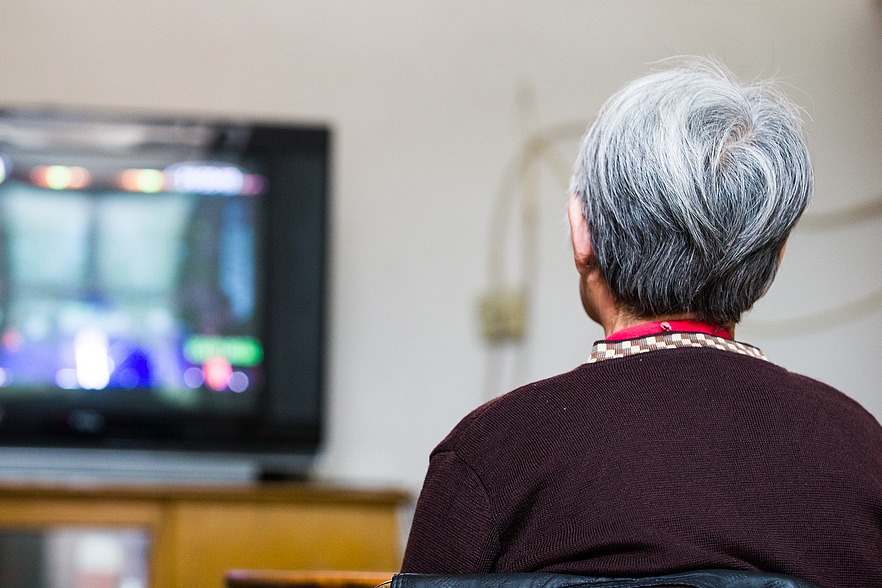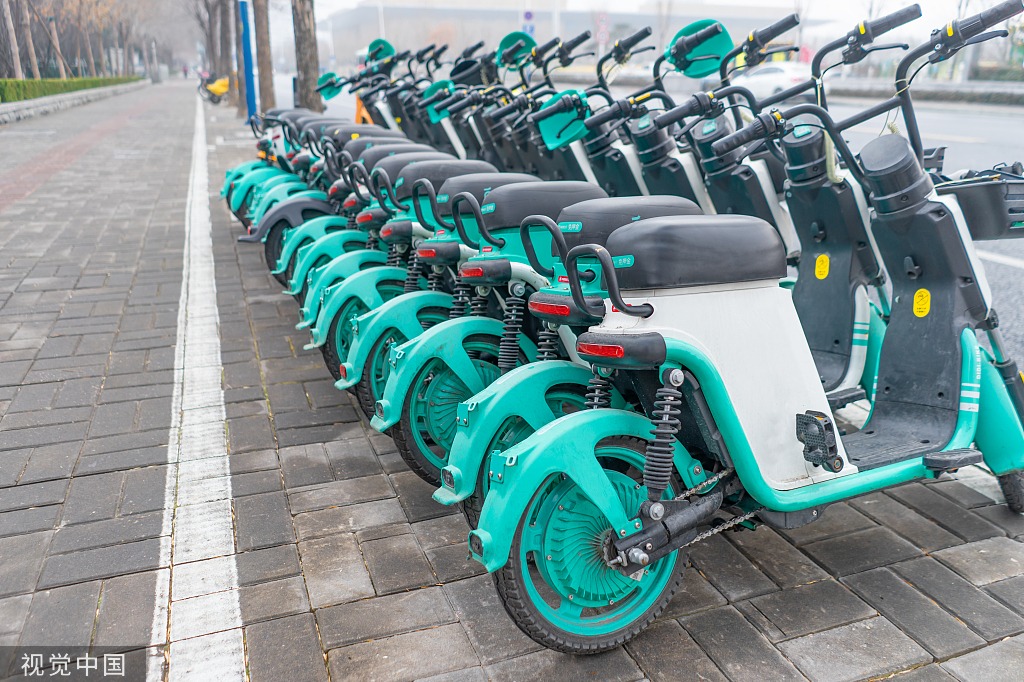Crossing the border to paint a picture of success
By Chitralekha Basu | China Daily | Updated: 2017-07-26 07:14
 |
| Art enthusiasts check sales booklets at the China Guardian HK 2017 Spring Auction. [Photo provided to China Daily] |
Mainland auction houses operating in Hong Kong are registering strong performances in the face of tough competition from major international brands, as Chitralekha Basu reports.
Buyers from the Chinese mainland are increasingly on the radars of art dealers across the globe, and the phenomenon is probably most apparent in Hong Kong, which acts as a vital conduit between the mainland and the rest of the world.
According to Gary Yee, CEO of Art Serindia, a consultancy in Hong Kong, all auction houses-including big international players and homegrown Chinese brands-are now competing for the attention of mainland buyers.
While collectors from Europe and the United States seem to be on the back foot, their counterparts on the Chinese mainland are buying vigorously. Last year, buyers from Asia beat more-seasoned client bases in Europe and the Americas to claim 40.5 percent of global auction house sales, and 90 percent of them were from China, according to data from The European Fine Art Foundation. Today, China is home to an ever-expanding pool of collectors at the center of the global art market.
Hong Kong is often the first port of call for buyers from the Chinese mainland and, not entirely coincidentally, also the last. They come to assess some of the world's most expensive paintings that will later go under the hammer in London or New York, and they comprise the bulk of consumers who buy from the city's major auctions and art fairs. That Hong Kong doesn't count art as a dutiable commodity and has one of the world's most advanced logistics facilities make the city a great transit home for artworks connoisseurs acquire in the city.
In recent years, a sizeable proportion of the world's art purchases has been linked to Hong Kong. What may come as a bit of a surprise, though, is that the stars of record-breaking sales have often been overshadowed by the hype surrounding the runners-up. For example, Zhang Daqian's ink and color painting Peach Blossom Spring made headlines when it sold for $34.7 million at Sotheby's spring auctions in April last year, but the sale of Cui Ruzhuo's The Grand Snowing Mountains the day before-fetching more than $39.5 million, a record price for a painting in the local market-at Poly Auction Hong Kong passed relatively unnoticed.
Poly Auction Hong Kong, a subsidiary of Beijing Poly International Auction, has been on a winning spree since it set up shop in the city in 2012. In fact, six out of 10 of the most expensive paintings purchased in Hong Kong were sold through Poly.
According to Artprice, a market survey and analysis portal, seven of the 10 most expensive pieces of art sold in Hong Kong last year were placed in the market by mainland auction houses, including Poly. Their success seems sweeter when one considers that many of the mainland auction houses currently making a splash in the Hong Kong market only arrived in the city in the past 20 years, whereas the multinational heavyweights have been around for much longer-Sotheby's hosted its first Hong Kong sale in 1973-and have been in business elsewhere since the 18th century.
























